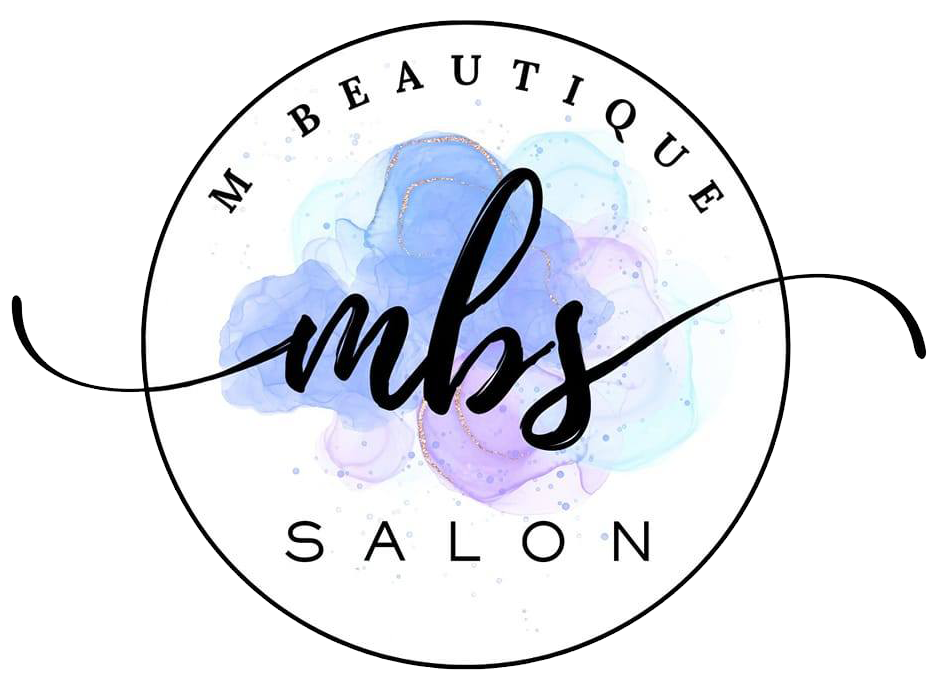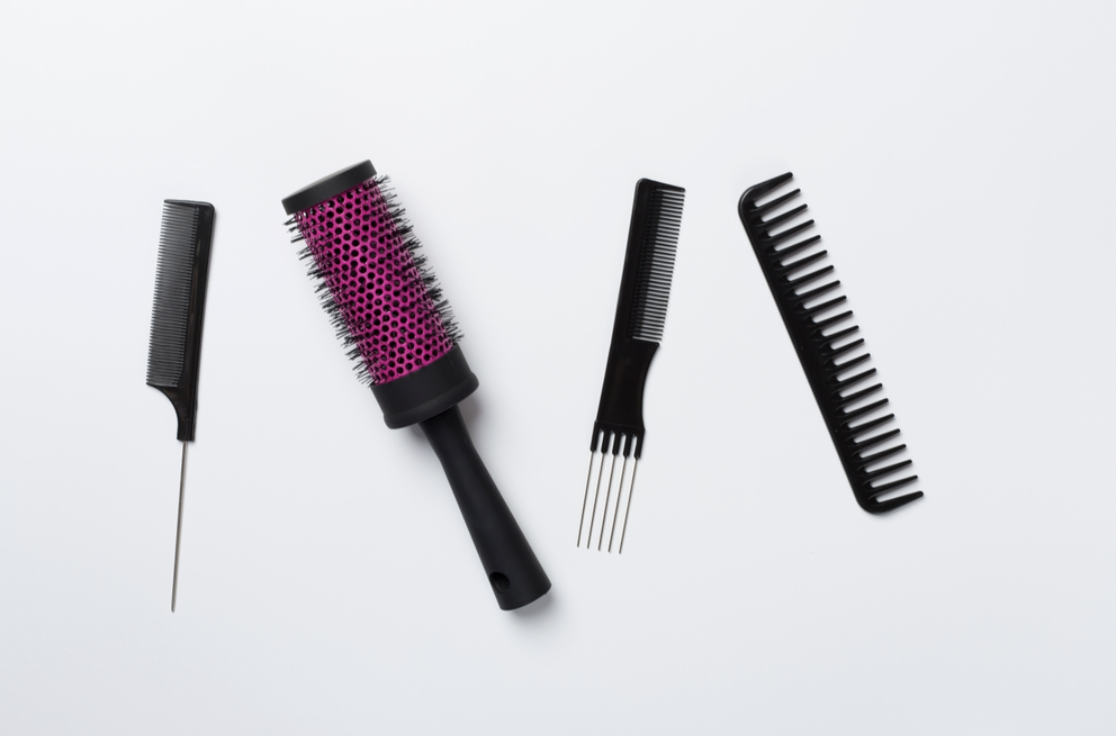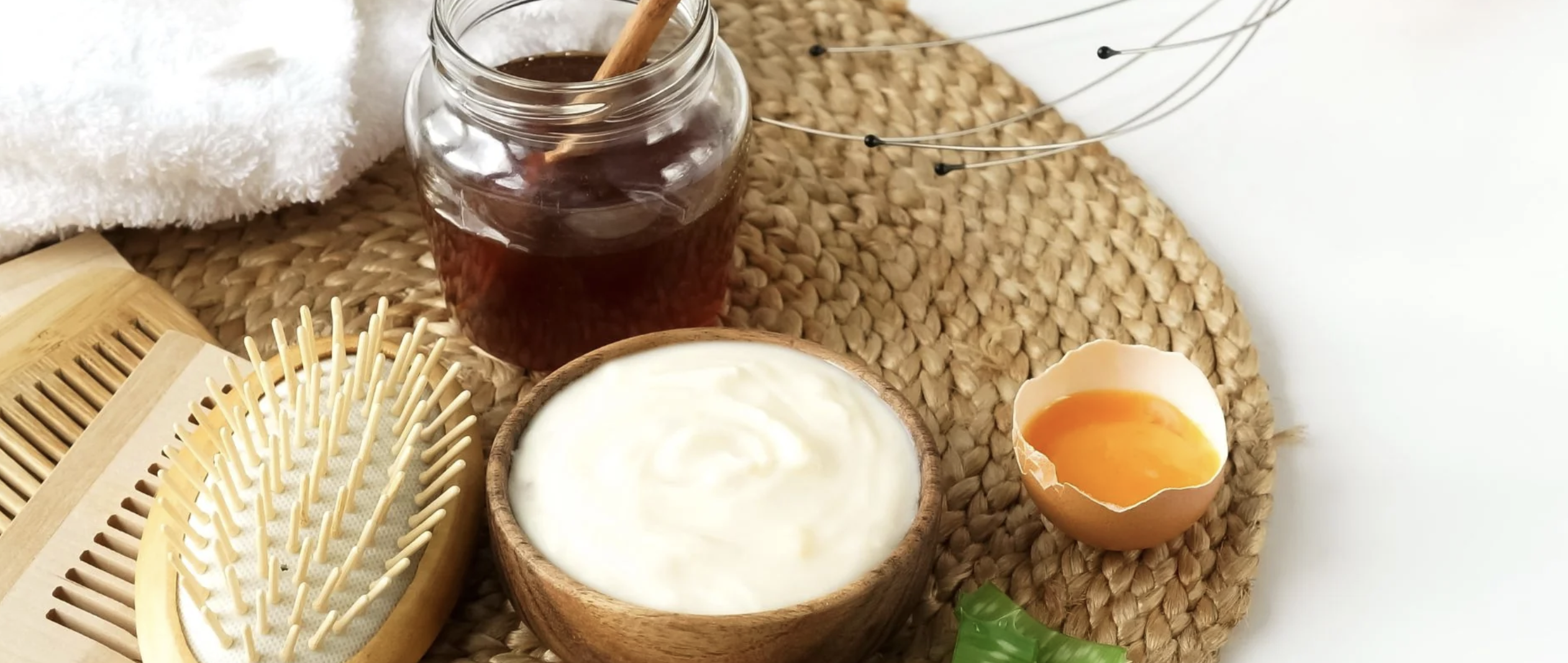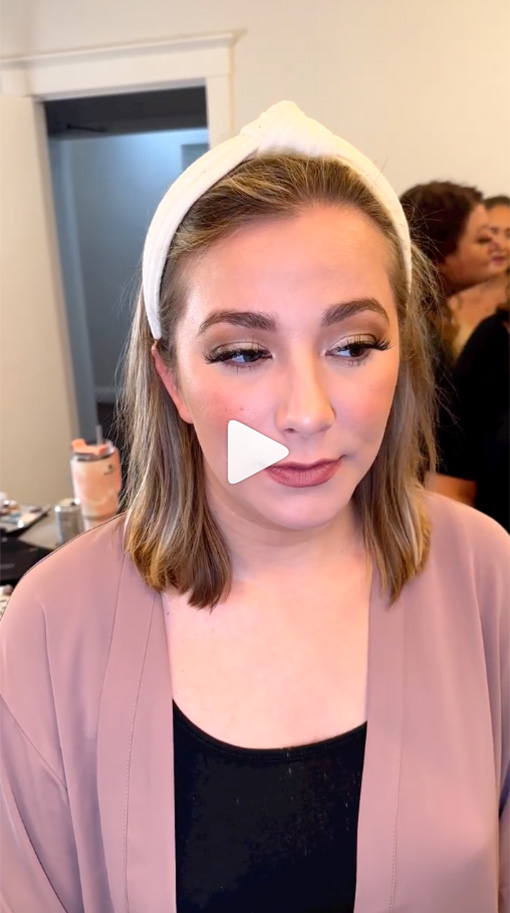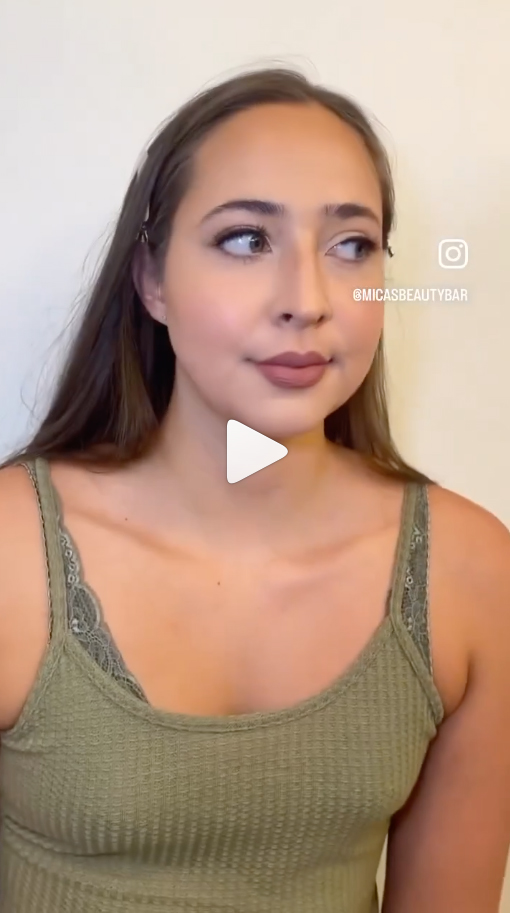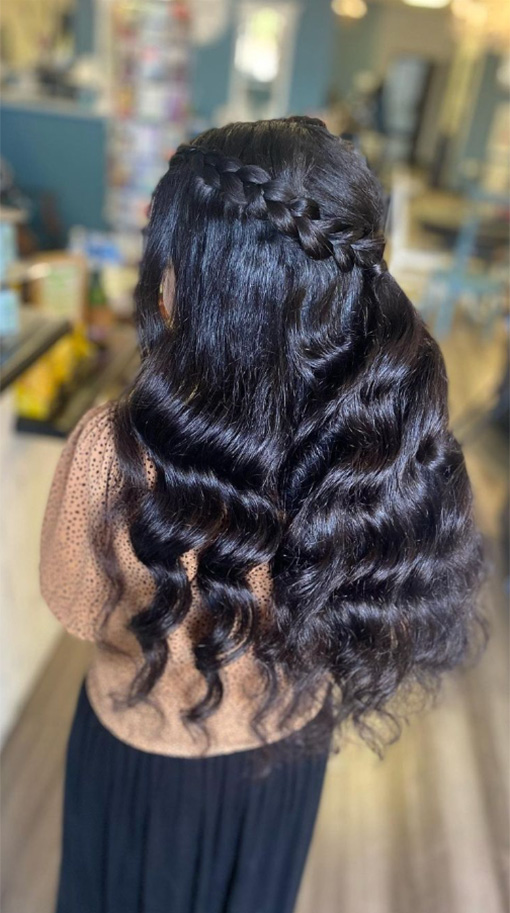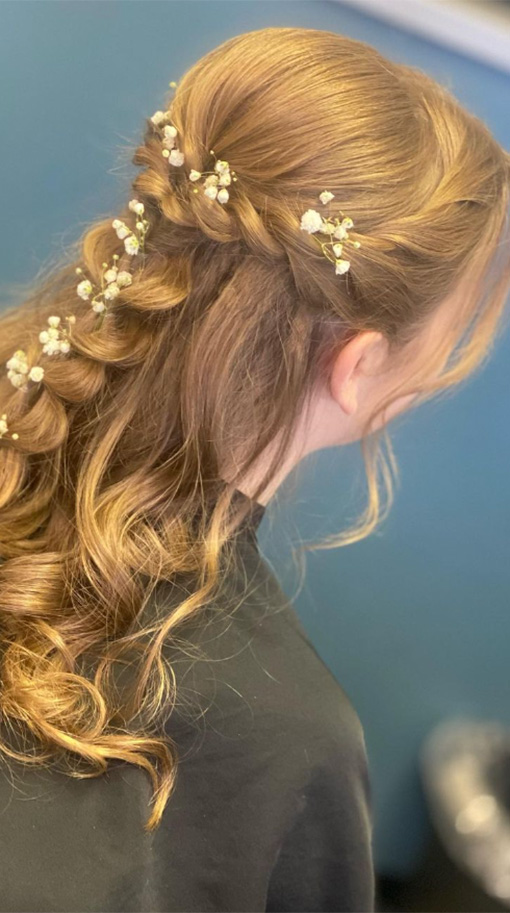When it comes to maintaining healthy hair, the tools you use can be just as important as the products. Hair brushes come in a wide variety of shapes, sizes, and materials, each serving a unique purpose. But with so many options, choosing the right brush for your hair type or styling needs can feel overwhelming. Understanding the differences between each type of hairbrush can help you achieve the look you want while keeping your hair in top condition.
Why the Right Hair Brush Matters
The right hairbrush does more than just detangle your strands; it can improve shine, reduce frizz, and even promote hair health. Using the wrong brush, on the other hand, could lead to breakage, static, and split ends. Before diving into the various brush types, it’s important to understand why choosing the right one is a crucial part of your hair care routine.
The Impact on Hair Health
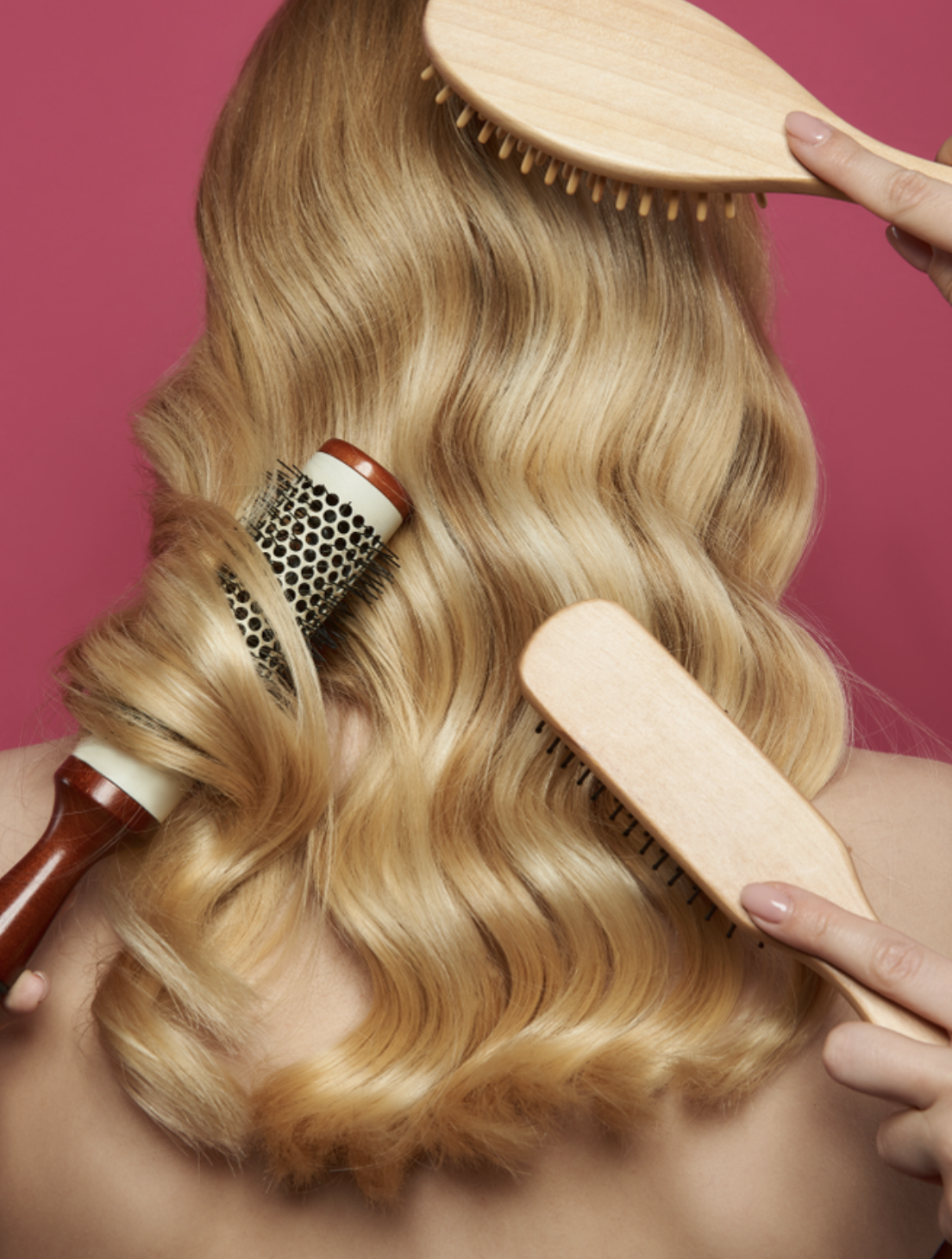
Different hair types and textures need different kinds of brushes to avoid damage. For example, fine hair is more prone to breakage, so it requires a gentler tool, while thicker hair needs something sturdy to manage tangles.
Styling with Precision
Certain brushes are specifically designed for styling. Whether you’re looking to add volume, smooth out your strands, or create perfect curls, the right brush can make all the difference. But choosing the wrong one can turn your styling efforts into a frustrating experience, leaving you with results you weren’t expecting.
Now that we’ve covered why the right brush is important, let’s dive into the most common types of hair brushes and how each one works.
Types of Hair Brushes
1. Paddle Brush
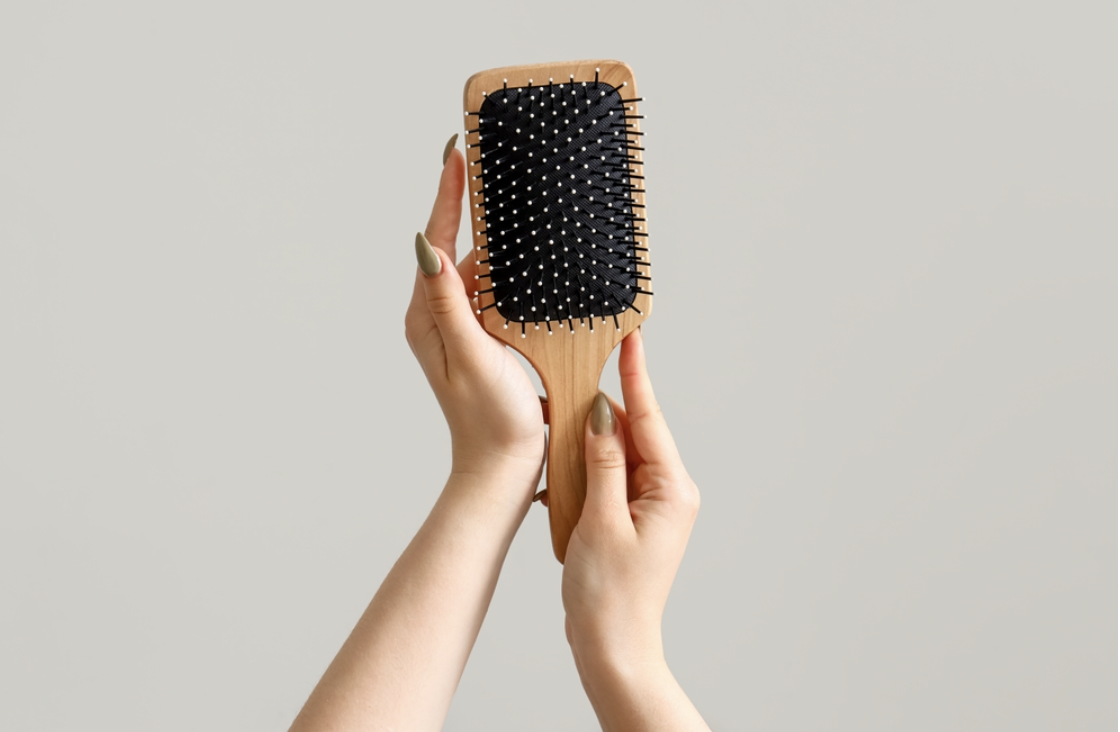
What It Is:
A paddle brush is a large, flat, and wide brush, perfect for detangling and smoothing hair.
Who It’s Best For:
This brush works well for people with long, straight, or wavy hair. Its wide surface area allows for quicker brushing, making it ideal for taming large sections of hair at once.
Benefits:
- Great for smoothing and detangling
- Reduces static and frizz
- Ideal for everyday use
Paddle brushes are especially good for minimizing breakage since they distribute pressure more evenly across the hair. If you want to maintain sleek, straight styles, this is a solid go-to option.
2. Round Brush

What It Is:
Round brushes are cylindrical with bristles that wrap around the entire brush. They come in a variety of sizes, with the size of the barrel determining what kind of style it creates.
Who It’s Best For:
Perfect for those looking to add volume, curl, or bend to their hair. If you’re blow-drying and want a little extra body, a round brush is your best friend.
Benefits:
- Adds volume and lift at the roots
- Helps create waves or curls
- Ideal for blow-drying
Smaller barrels are great for tighter curls, while larger barrels are better for creating loose waves or adding volume. The key is to match the barrel size to your hair length and the style you want to achieve.
3. Vent Brush
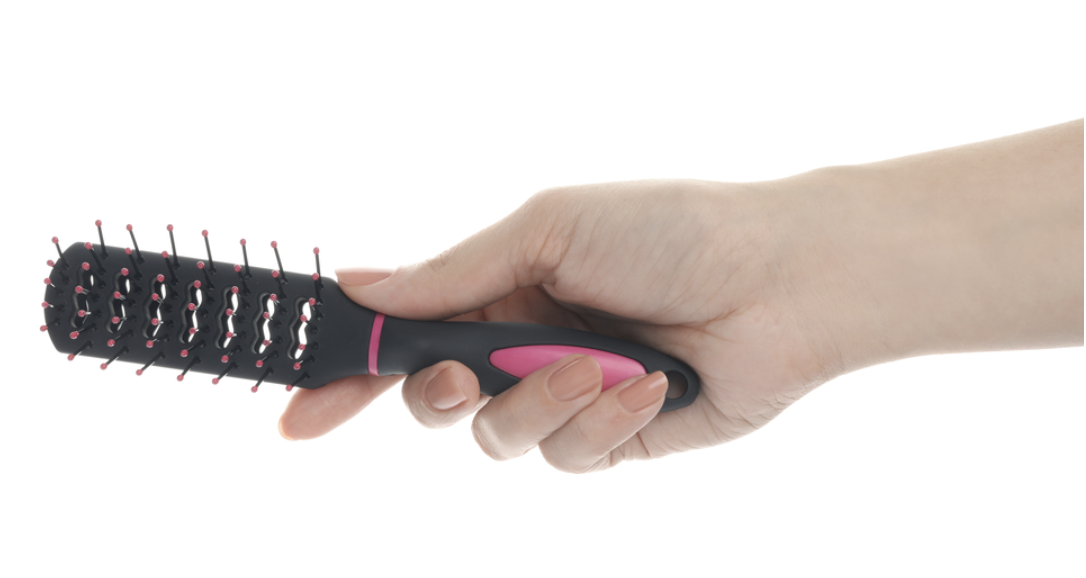
What It Is:
A vent brush has open slats or “vents” between the bristles, allowing air to flow through the brush while blow-drying.
Who It’s Best For:
If you’re pressed for time and need a quick blow-dry, a vent brush is a lifesaver. It’s especially useful for short to medium-length hair.
Benefits:
- Speeds up the blow-drying process
- Adds volume at the roots
- Reduces heat damage
Because the air can pass through the brush, it speeds up drying time and reduces the risk of heat damage, making it a practical choice for everyday styling.
4. Teasing Brush
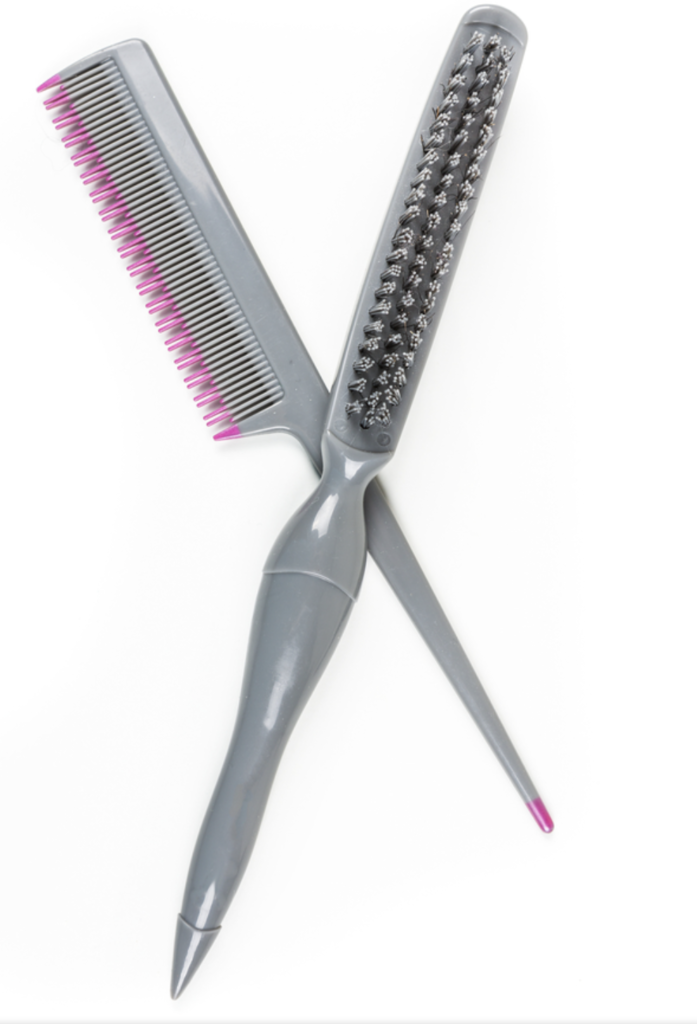
What It Is:
A teasing brush is a smaller brush with tightly packed bristles, designed to create volume and lift at the roots by backcombing sections of hair.
Who It’s Best For:
Anyone looking to add some serious height and volume, especially at the crown of the head.
Benefits:
- Creates long-lasting volume
- Ideal for updos and special hairstyles
- Easy to use for touch-ups
While teasing can be damaging if done too often, using a high-quality teasing brush can minimize damage and give you the volume you need for a special occasion or everyday lift.
5. Boar Bristle Brush
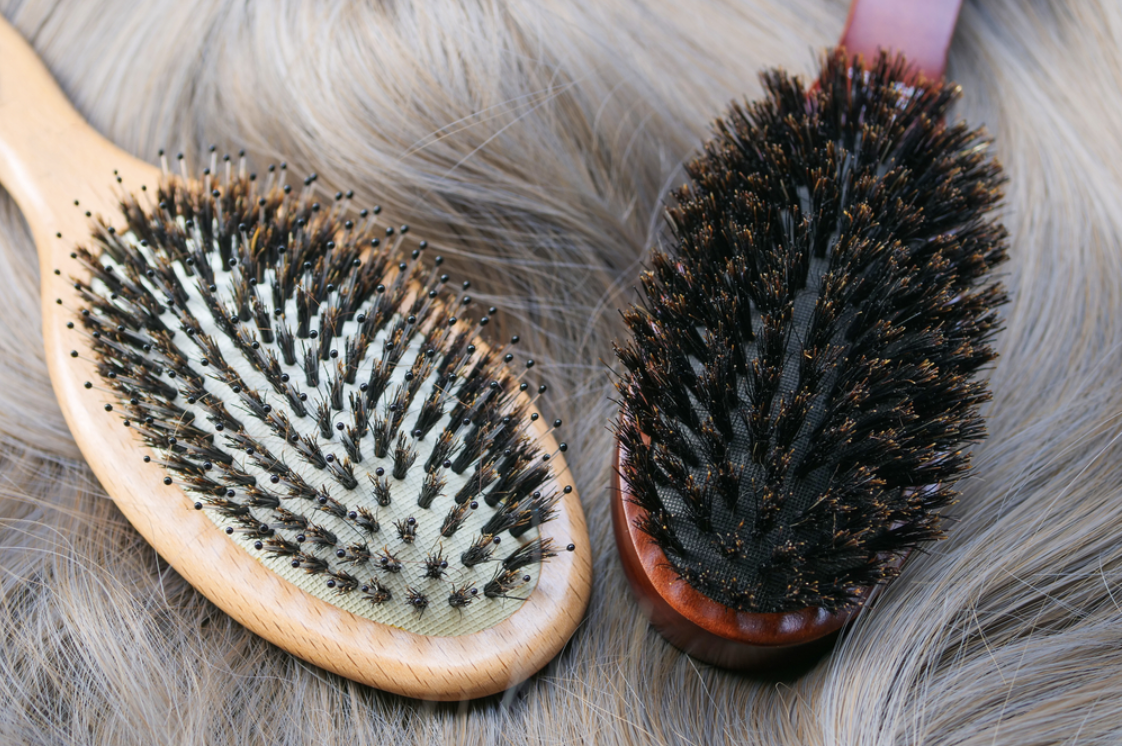
What It Is:
This brush is made from natural boar hair, known for its ability to distribute natural oils throughout your hair.
Who It’s Best For:
Boar bristle brushes are ideal for people with fine to normal hair who want to enhance shine and smoothness.
Benefits:
- Promotes natural shine
- Distributes oils evenly
- Gentle on hair and scalp
Boar bristle brushes work by spreading your scalp’s natural oils from root to tip, giving your hair a natural, healthy sheen. If your hair tends to get greasy quickly, this brush can help balance oil production.
6. Wide-Tooth Comb
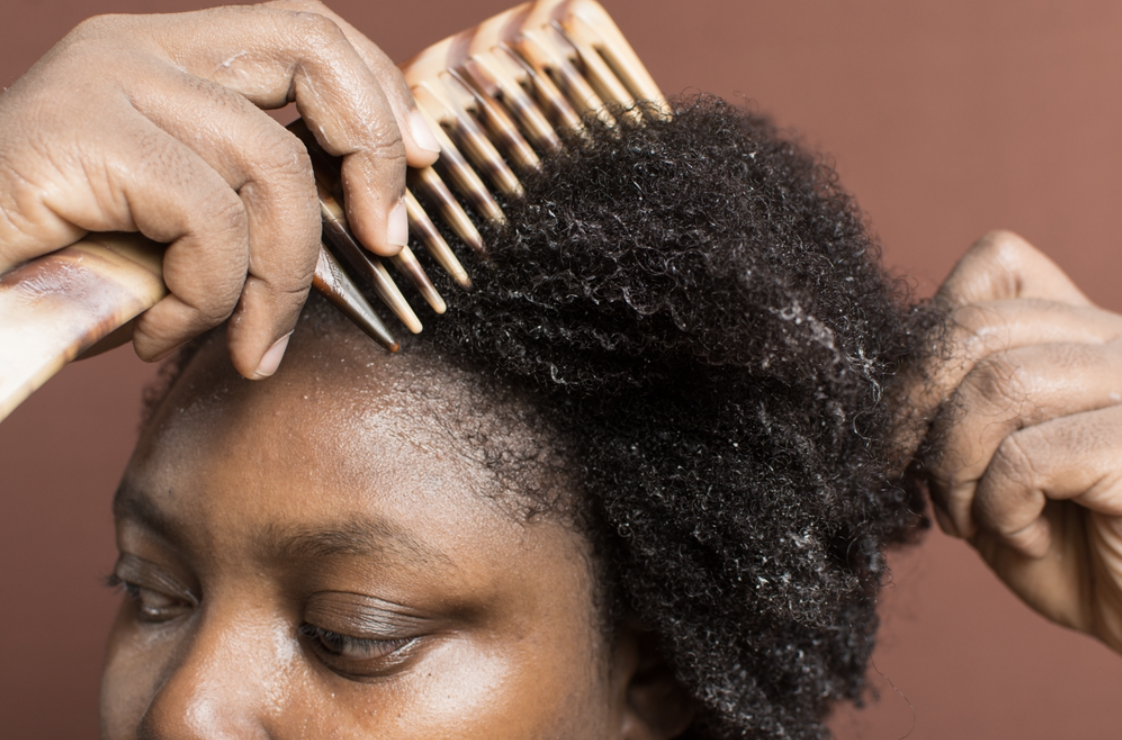
What It Is:
Technically not a brush, but a wide-tooth comb deserves a place on this list. It has widely spaced teeth, perfect for detangling wet hair without causing damage.
Who It’s Best For:
This is the go-to tool for people with curly or textured hair or anyone who needs to detangle wet hair without causing breakage.
Benefits:
- Prevents breakage in wet hair
- Works well with thick, curly, or coily hair
- Gentle detangling
Using a wide-tooth comb in the shower while your conditioner is in can help reduce tangles and minimize damage, especially for those with textured or curly hair.
7. Detangling Brush
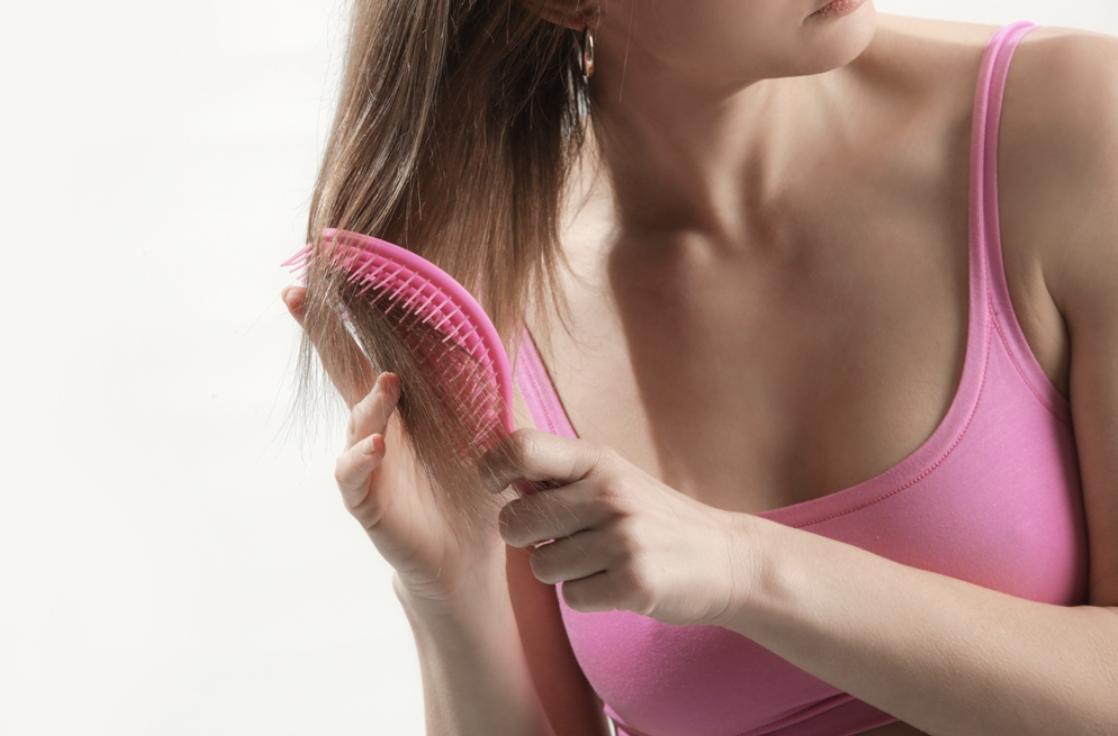
What It Is:
Designed specifically to glide through knots and tangles without causing breakage, a detangling brush is usually made of flexible bristles that bend as they meet resistance.
Who It’s Best For:
Anyone prone to tangles, whether you have straight, wavy, or curly hair. It’s also ideal for kids who might find detangling painful.
Benefits:
- Reduces pain and breakage
- Safe for wet or dry hair
- Works on all hair types
Detangling brushes have become incredibly popular for their ability to minimize the damage and frustration that comes with brushing out knots, especially on wet hair.
How to Choose the Right Hair Brush
Consider Your Hair Type
Choosing the right brush starts with knowing your hair type. Fine hair, for example, benefits from a boar bristle brush for added shine, while curly hair may need a wide-tooth comb or a detangling brush to prevent breakage.
Think About Your Styling Goals
Your daily hair goals also matter. Do you need volume? Go for a round or teasing brush. Want a sleek, smooth finish? Opt for a paddle or boar bristle brush. The right brush can make a world of difference when it comes to achieving the look you’re after.
Look for Quality
Finally, invest in a good-quality brush. Cheap brushes can have rough bristles that damage hair over time, so spending a little more upfront can save your strands in the long run.
Conclusion
Hairbrushes are more than just tools—they’re a vital part of maintaining your hair’s health and style. Understanding the different types available, and how they suit your hair type and styling needs, will help you make the best choice for your daily routine. So next time you’re shopping for a new hairbrush, consider what you’ve learned here to keep your locks looking their best.
